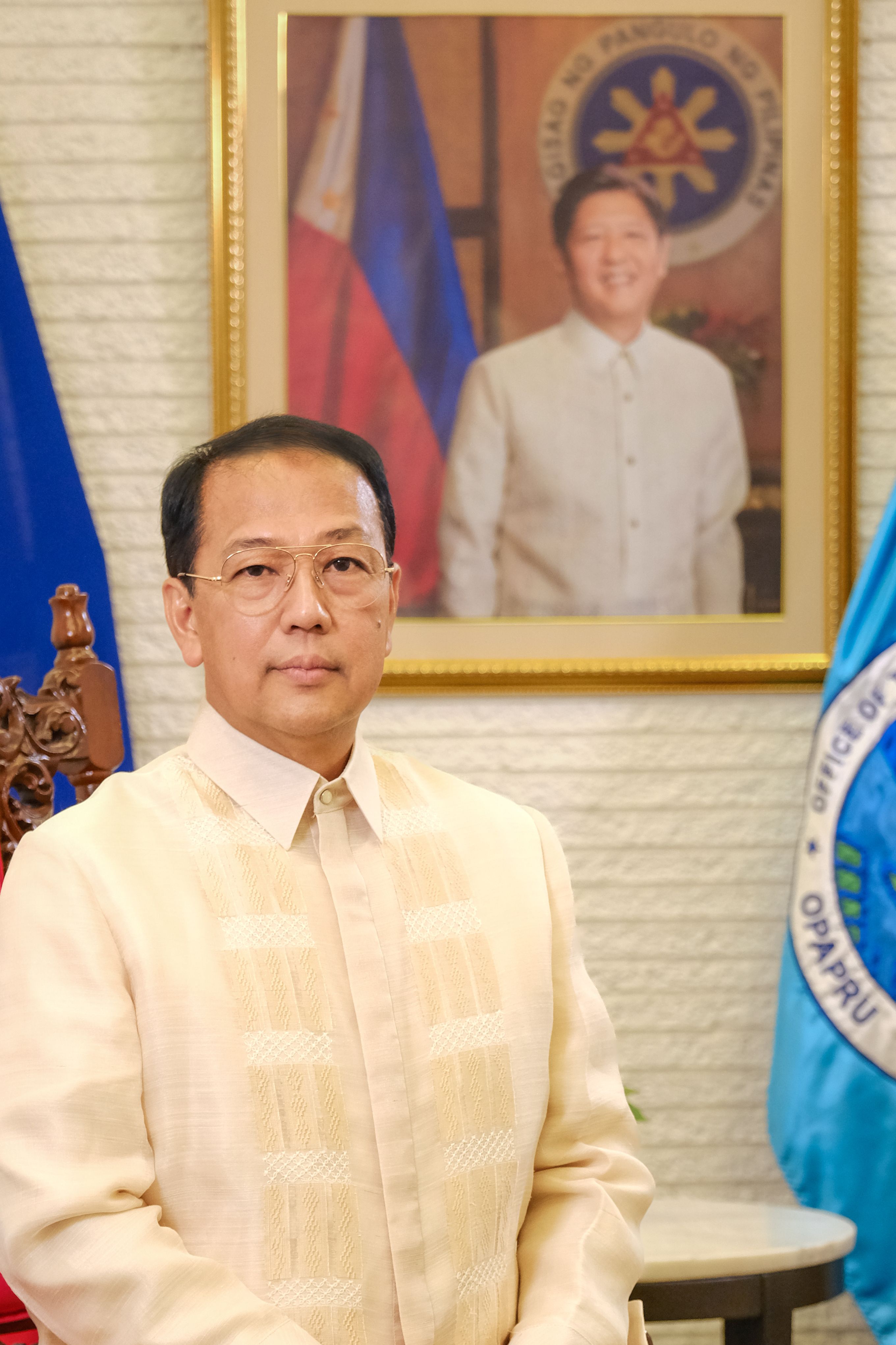Kapatiran: The role of women in peace and development
PEACE BY PEACE

The peace agreement with the Rebolusyonaryong Partido ng Manggagawa - Pilipinas/ Revolutionary Proletarian Army/ Alex Bongcayao Brigade/ Tabara-Paduano Group (RPM-P/RPA/ABB – TPG) is an ideal example of an outcome from the work of women of peace and security.
Now known as Kapatiran Para sa Progresong Panlipunan, Inc. or Kapatiran, we celebrated jointly the fifth year of the signing of the Clarificatory Information Document (CID) of the 2000 Peace Agreement on July 19, 2024. This document outlines the commitments of the Government to the Tabara Paduano Group (TPG).
Kapatiran is headed by widow Maria Veronica P. Tabara, better known in her circles as Ka Inca.
Ms. Maria Veronica P. Tabara started in the revolutionary movement with her participation during the height of the First Quarter Storm in 1970 in Silliman University, Negros Oriental, one of the leading universities in Western Visayas. She was recruited as a student activist of the Student Movement for the National Democratic Revolution. She was part of the core of women activists who formed a chapter of the women's underground movement known as Makibaka in the 1980s. She led student organizing work in Cebu and was later deployed in Samar to form guerrilla fronts. She was eventually arrested and detained for her involvement in the underground communist movement. She married Arturo Tabara and gave birth to four children.
Ka Inca joined her husband, along with the other leaders of the Visayas Commission in splitting from the Communist Party of the Philippines after EDSA Revolution in 1992 and forming the RPM-P/RPA/ABB – TPG. With the assassination of her husband in Manila in 2004, she headed the group alongside Joseph Stephen S. Paduano and Nilo dela Cruz, in the nascent stage of the implementation of the 2000 GPH-RPM-P/RPAA/ABB Peace Agreement. Ka Inca has been involved in non-government organizations pursuing advocacy work for women and children since 1989. She currently heads the 727 members of the Kapatiran which has been registered since 2013 as a people’s organization. She is the signatory and one of the framers of the 2019 Clarificatory Information Document (2019 CID), the final and absolute settlement of the 2000 GPH-RPM-P/RPA/ABB Peace Agreement with the group. She currently serves as the co-chair of the Joint Enforcement and Monitoring Committee (JEMC), the supervising mechanism for the 2019 CID.
The normalization program of the Kapatiran specified a transformation program as indicated in the components of the Clarificatory Implementing Document (CID) to the 2000 Peace Agreement. Under the transformation component, the empowerment of Kapatiran women was identified as a needed intervention towards full transformation. In 2019, the Women in Transformation (WIT) program was designed to address the need for such intervention, with the following objectives: assist the women’s transition from armed to unarmed life; guarantee their participation in defining and finalizing the peacebuilding interventions (livelihood projects, housing, etc.); conduct livelihood and skills training resulting to employable and marketable skills needed to access more economic opportunities, such as sustainable sources of income.
The WIT is anchored on the Philippine National Action Plan on Women, Peace and Security (NAPWPS) which aims to contribute to the expansion of women’s role in the peace process and conflict transformation.
In March 2021, a training program under the WIT was designed to cover 699 women, which includes wives and women next of kin of the Kapatiran, Community Defense Unit (CDU) members, and Forest Guards (FG). The training program has three phases namely: Phase 1 – Pre-implementation (a. Training Needs Assessment (TNA), b. Coordination meetings with TESDA and PLGU, and, c. Launching of the skills and livelihood training program); Phase 2 – Implementation; and, Phase 3-Post-implementation (assessment).
The first two phases of the training program have been completed, with 699 wives and women next of kin of the Kapatiran trained in various livelihood and skills training, enabling them to pursue new or additional economic activities benefiting them and their community.
Under the Kapatiran peace process, areas formerly affected by conflict referred to as Community Peace Dividend barangays, also received grants and are included in the Government’s Universal Health Program. Programs for the Kapatiran members, their next-of-kin, and their communities, supported by national line agencies and LGUs, have led to significant outcomes, including employment for 128 members as Bantay Gubat, health insurance for 8,121 individuals, and the facilitation of ₱36,350,000.00 seed capital for 13 Kapatiran chapters.
Additionally, under its security component, 217 members are now part of the CAFGU Active Auxiliary-1, deployed into two CAA-1 companies. This aids in ensuring the security of 90 percent of Kapatiran members located in the hinterlands, indirectly benefiting an estimated 3,170 residents living near the settlement sites in Western Visayas.
The foundations set by the women leaders of OPAPP now OPAPRU, from Madam Haydee Yorac and Miriam Coronel-Ferrer, to recognize and nurture the role of women in peace and security bore the fruits for transformative justice and lasting peace.
‘Kapatiran’ translates to ‘brotherhood’ in English. The translation missed the essence of a genderless ‘kapatiran’ and the more holistic celebration of ‘community’.
(Secretary Carlito G. Galvez, Jr., is the presidential adviser on peace, reconciliation and unity.)